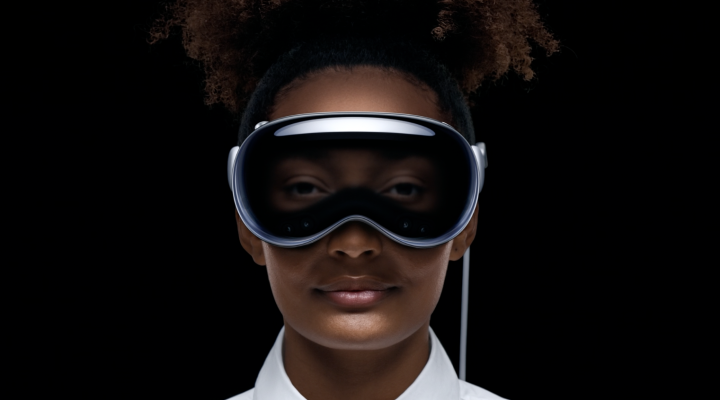
Apple’s Vision Pro headset hasn’t launched yet, but already it’s become one of the most hotly debated devices on the planet. Whether you think it’s the most exciting gadget in years or a potential waste of time and money, chances are Apple has got you talking about it.
The company has a lot riding on its first new product category since the Apple Watch, but it clearly can’t succeed if developers aren’t interested in building apps for it. After all, opening the Vision Pro’s app store to the sound of crickets chirping wouldn’t leave a good impression.
Apple, though, is supremely confident that won’t happen, and strongly believes developers are going to flock to its groundbreaking new device. In an exclusive interview, the firm told me exactly what it’s been doing to sell developers on Vision Pro, and why customers are going to love it.
We sat down with Susan Prescott, Apple’s vice president of worldwide developer relations, as well as Steve Sinclair, senior director of product marketing for Apple Vision Pro, to find out what Apple has been up to. We also spoke to a range of developers who are making apps and games for Vision Pro to get their take. Here’s what they all told us.
The developer response

In the weeks after Apple unveiled the Vision Pro headset at its Worldwide Developers Conference (WWDC) in June 2023, there were reports that the device’s developer labs — where app creators could work directly with Apple to bring their ideas closer to a finished product — were sparsely attended, suggesting a collective shrug of the shoulders from the developer community.
Apple insists, however, that devs are even more excited for the product than the company expected. The company has seen “extremely high, three-digit customer satisfaction for the labs that we’ve run so far,” says Prescott, using a creative way to imply universally positive feedback.
Similarly, Sinclair told us that “the number of SDK downloads has exceeded our expectations,” referring to the software development kit Apple has provided to anyone wanting to build an app on the headset’s operating system, visionOS. Both Apple reps are convinced that Vision Pro has been very popular among developers.
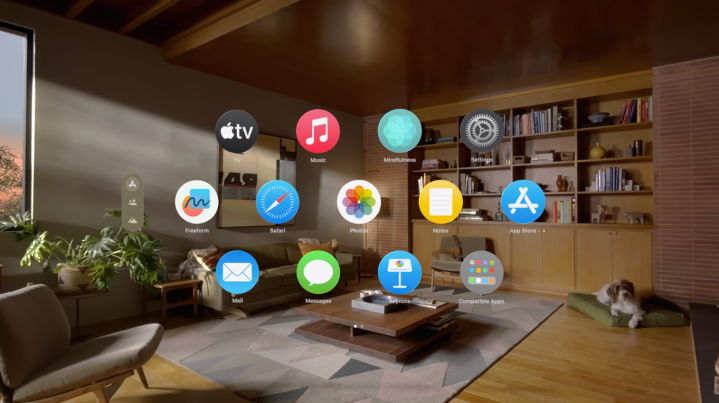
According to Sinclair, WWDC was key to getting developers on board because not only could Apple demonstrate the types of apps that were possible on Vision Pro to an audience full of devs, but it could then immediately allow them to get hands-on with the device at its dedicated events throughout the following week. Whether it’s watching movies on a huge canvas or reliving memories in 3D space, “it’s those types of experiences that are going to inspire developers to create their own experiences,” says Sinclair.
Ryan McLeod, game designer at Shapes & Stories and developer of the Blackbox iOS game, says that the hands-on sessions — which Apple calls labs — made a real difference for him. “It’s hard for me to imagine being inspired enough to build Blackbox for Vision Pro without having had ample hands-on time,” he notes. “I think it’s going to be critically important that as many developers as possible — especially smaller indie teams — get that opportunity and support for the platform.”
The labs — combined with online resources, a loan program for Vision Pro headsets, and “compatibility evaluations” designed to provide feedback to developers on their progress — are part of Apple’s plan to developers get developers on board. After all, it’s in the company’s interest to have a vibrant ecosystem of apps for the device. As Prescott puts it, “We don’t just want to have a lot of apps available for Vision Pro — we want them to work great.”
A new computing era?

Apple is not the first company to attempt an extended reality (XR) headset. Many other companies have tried to capture the public’s imagination with their devices, but so far no one has achieved the kind of breakout success that would make these headsets a mainstream fixture.
XR headsets remain largely niche products, and industry analysts have predicted that Vision Pro will sell in far lower quantities than Apple’s flagship products like the iPhone and the Mac in its first few years. Have fears of a small-scale userbase concerned developers?
“Not at all,” says Tommy Palm, CEO of Resolution Games, a company that has been making XR games for years. “I feel very convinced that Apple coming into this market segment is going to be monumental,” he explains, comparing the dawn of Vision Pro to the early stages of the computer era in the 1980s.
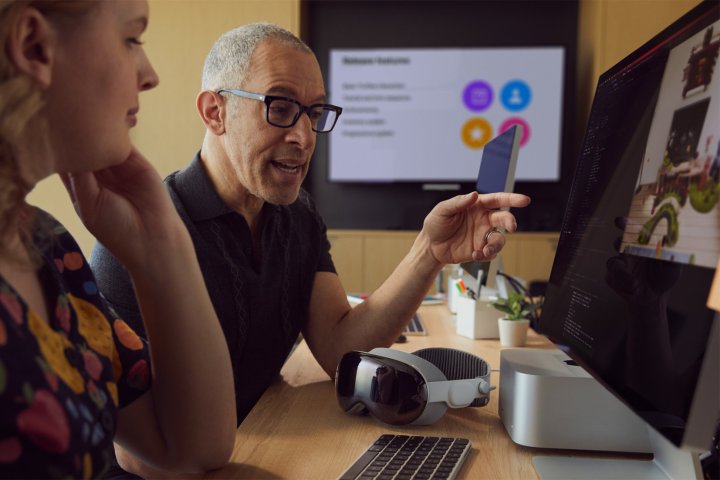
A similar sentiment was echoed by Eran Orr, Miki Levy, and Xavi Oromi of XRHealth, an outfit specializing in XR apps made for the health care industry. They told me that “XR devices are now where smartphones were 20 years ago, but in the next 20 years,it will be the main device that all of us will use.” As such, they had no hesitation about working on Apple’s headset.
And Siddarth Satish, vice president of AI at Stryker, echoed that optimism. Like XRHealth, Stryker designs enterprise XR apps for health care, and it’s in these less consumer-focused areas that Satish believes devices like Vision Pro will be crucial. Here, Apple’s headset could help by “reducing the need for bespoke hardware and democratizing access for more developers to build valuable clinical applications.” Vision Pro might be expensive, but its price is nothing compared to specialist medical equipment.
McLeod, meanwhile, is slightly more hesitant given he runs a very small development studio, but that risk is “part of the fun” of operating at such a scale, he says. It’s also “an opportunity to explore new interaction concepts, push what’s been done before, and create some of the memorable first experiences people will have” in an XR setting, he argues.
Convincing a wary public
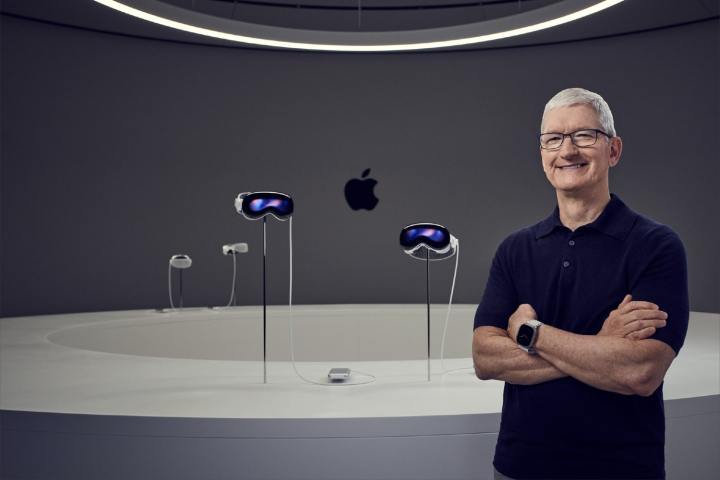
Despite the efforts of Apple and its rivals, there’s still a degree of wariness about strapping a large, hot device to your head for an extended period of time (and in Vision Pro’s case, paying $3,499 for the privilege). This is a problem Apple is going to have to face as well, so what has it done to persuade a skeptical consumer base to overcome their initial hesitations?
“One of the things that we’ve observed is that when people first put on Vision Pro, they’re so blown away by the new spatial experiences that they see that they oftentimes forget that they’re actually wearing something,” says Sinclair.
“When we’re working with developers,” he continues, “we really try to stress the importance of creating new experiences that take advantage of all those capabilities.” That means building apps that “flex from windows to apps to being able to create fully immersive applications that transport you somewhere else. Because those are the things that customers and users are going to be excited about.”
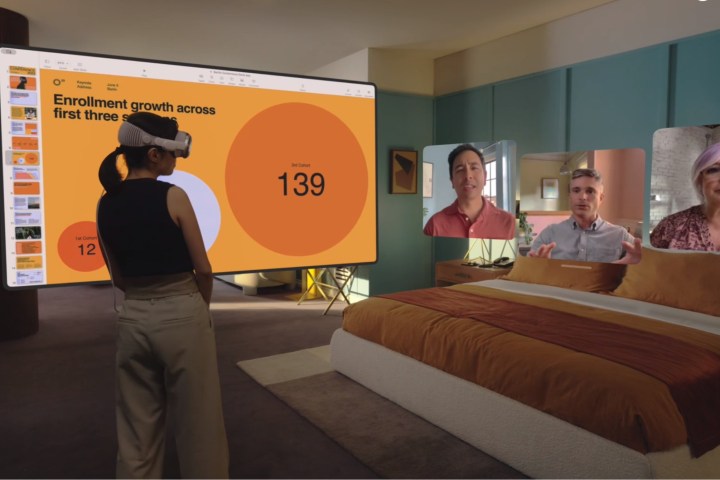
How is Apple doing that? “I don’t think it’s a question of trying to convince people that this is a great form factor,” Sinclair says. “I think it’s showing people how amazing these experiences are and that this platform is able to deliver them.” If developers can do that, Sinclair adds, it’s going to “drive adoption and drive people’s enthusiasm for this platform.”
Yet the form factor is important to some degree, as Apple deliberately avoided relying on custom hand controllers with Vision Pro. Instead, Apple wanted users to interact with the headset in a very different way: “We came to the most simple conclusion, which is: [people] should use something they already know how to use. It’s their eyes, it’s their hands, it’s their voice.” It’s reminiscent of Apple co-founder Steve Jobs’ famous reluctance to add a stylus to the original iPhone, instead preferring “the best pointing device in the world” — a user’s finger.
What needs to be done now?
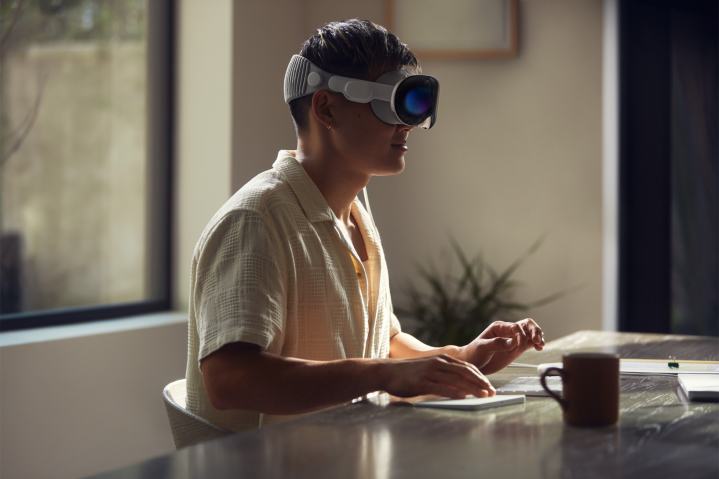
But if Vision Pro is going to be a success, it can’t just rely on a bevy of enthusiastic developers captivated by the novelty of a new Apple device. Once the new product smell wears off, Apple will have to continue to attract app makers to its platform.
“We need to make it accessible to every single one of our developers,” explains Sinclair. Devs can use familiar Apple tools like Xcode, SwiftUI, ARKit, and more to build their apps, which Sinclair believes will ensure the platform remains comprehensible even to developers who have never tried to build an app for what Apple calls its spatial computer.
That’s made a difference, says McLeod. “Designing and developing Blackbox for [augmented reality] is still a huge challenge, but being able to build it all in Swift and with iOS frameworks I’m already familiar with closed the intimidation gap enough for me to dive in,” he said.
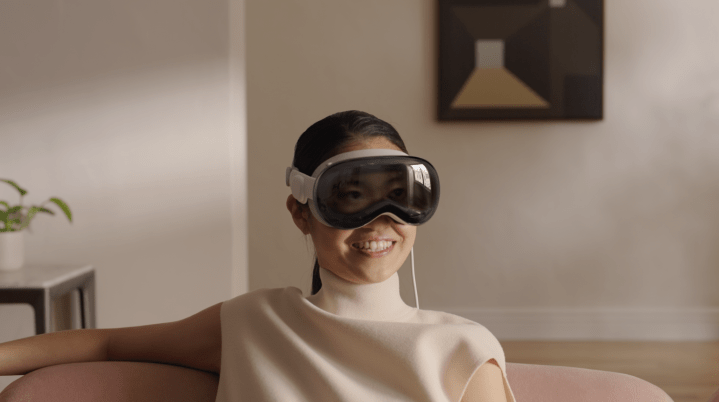
There’s more that could be done, though. Palm believes that “Apple needs to continue to build tools and solutions that support them as the platform expands,” arguing that this is just important as the “big, important first steps” of building a strong relationship with both developers and consumers.
Orr, Levy, and Oromi of XRHealth have a more specific request: “If Apple had a grant for those developers that cannot afford to purchase a headset or a Mac, it would help not only the developer community, but also empower the world to create more potentially life-changing applications.”
McLeod agrees that hands-on time with a Vision Pro headset is vital for developers. “Apple should be doing their utmost to get as many developers as possible hardware, or at the very least into the labs,” he explains. “This is truly one of those things where you have to try it to get it — I don’t think you can be moved to build something truly great without that in-headset experience.”
McLeod also believes that Apple could help by “continuing to push beyond the traditional yearly WWDC cycle to continuously release more example apps, more API documentation, more sessions, and more opportunities to talk directly with engineers at Apple.”
All eyes on Apple
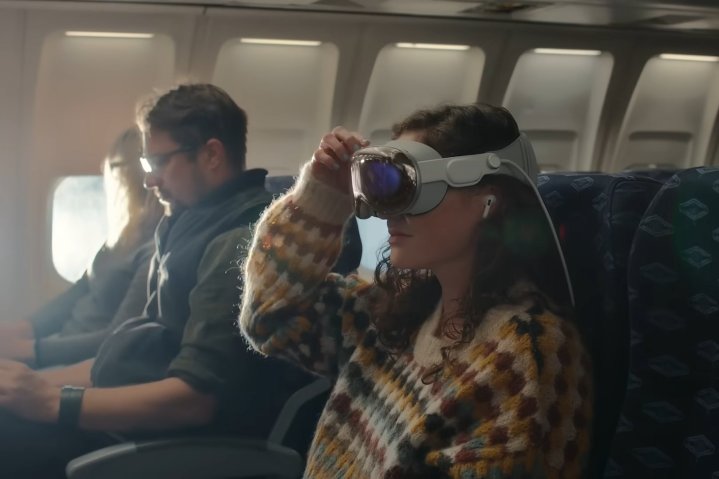
Whether Apple does that remains to be seen, but it’s clear that the developers I spoke to are impressed with that they’ve experienced so far. That bodes well for Apple’s all-in gamble on extended reality.
Of course, these are all developers who are already working on apps for Vision Pro, and so are invested in the platform to some degree or another. The real ongoing test for Apple will be twofold: to convince even more developers to start building on visionOS, and to persuade ordinary folk that it’s worth dropping $3,499 on the type of device most of them have probably never tried before.
Success in either of those areas is by no means guaranteed, but both Apple and the developers I spoke to believe the device is off to a strong start. What’s more certain is that, whether it flourishes or flops, the world is going to keep talking about the Vision Pro.



